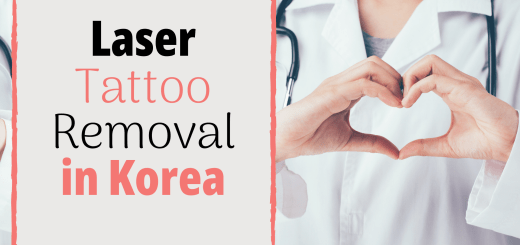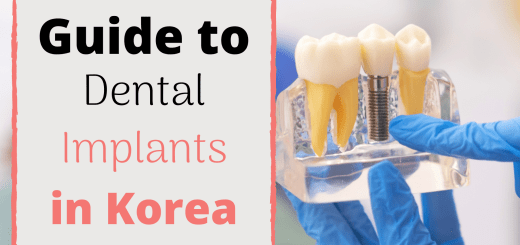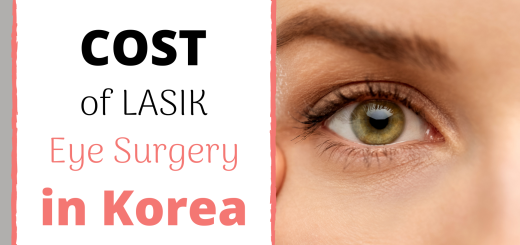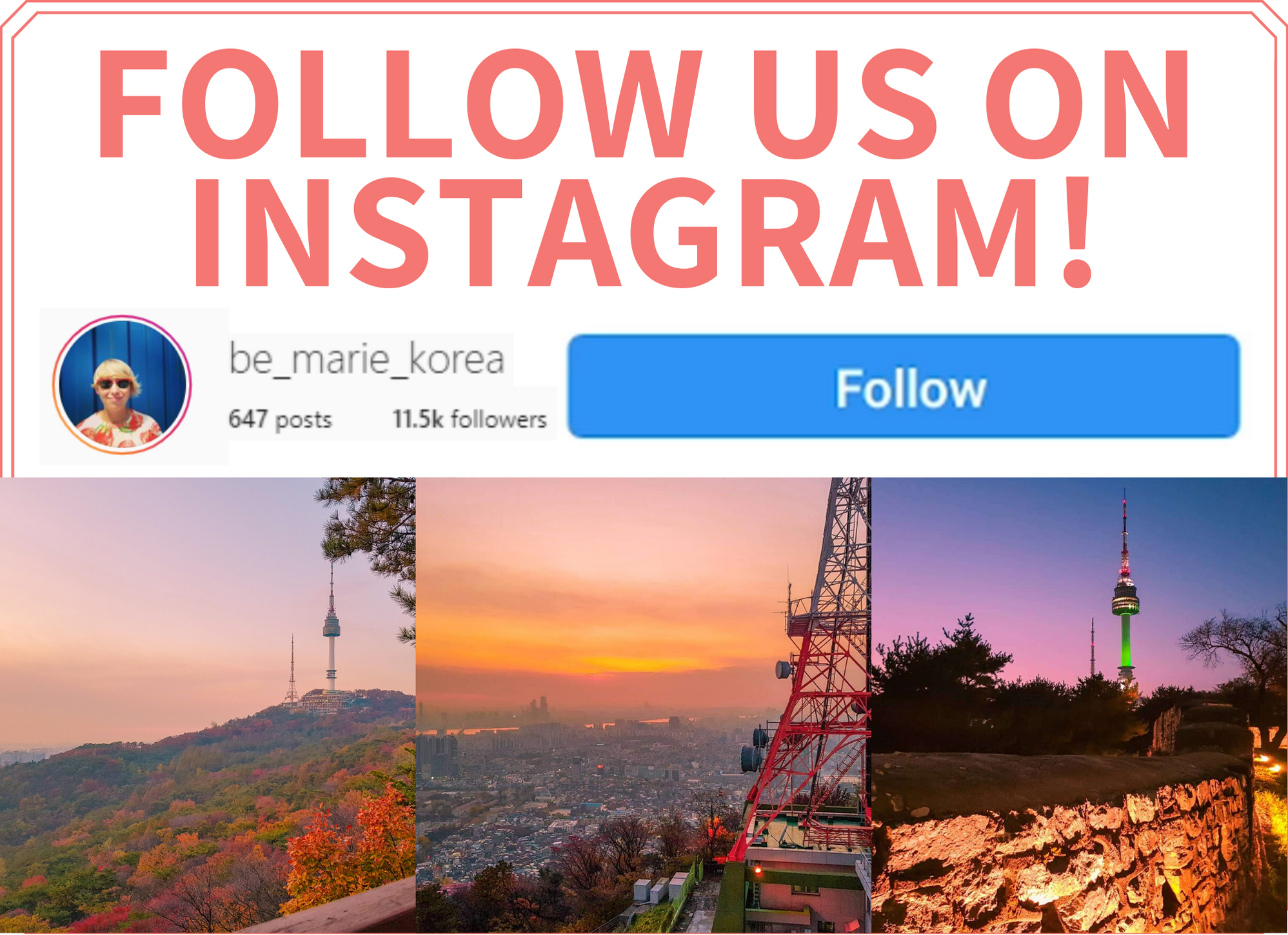Stem Cell Therapy in Korea | Procedure Types, Costs, Best Clinics & Much More!
Stem cell therapy represents a groundbreaking frontier in modern medicine, offering immense potential to treat, and often cure, a wide range of conditions by harnessing the regenerative power of stem cells.
This comprehensive article covers what stem cell therapy entails, its mechanisms, and its various applications, especially within South Korea. Explore the primary types of stem cells, the processes involved in stem cell therapies, and why South Korea has become a global leader in this field.
We’ll go over some of the best stem cell therapy clinics in Korea, including the Lydian Clinic and CellReAnd Clinic, detailing their unique approaches and treatments. This guide aims to provide a thorough understanding of stem cell therapy’s benefits, the innovation landscape in Korea, and practical details for those considering these cutting-edge treatments.
Contents
What Is Stem Cell Therapy?
Stem cell therapy has emerged as one of the most promising and revolutionary fields in medical science. At its core, this therapy harnesses the potential of stem cells to repair, replace, and regenerate damaged tissues within the body. But what exactly are stem cells and how do they function?
Stem cells are unique cells with the remarkable ability to develop into many different cell types. They can divide and replicate to either produce more stem cells or differentiate into specialized cells such as muscle cells, blood cells, or neurons. This dual capacity for self-renewal and differentiation makes them invaluable for medical applications.
Types of Stem Cells
There are primarily two categories of stem cells: embryonic stem cells (ESCs) and adult stem cells (ASCs).
- Embryonic Stem Cells (ESCs): Derived from early-stage embryos, these cells have pluripotent properties, meaning they can turn into almost any cell type in the body. Their versatility makes them highly useful, but also presents ethical and regulatory challenges.
- Adult Stem Cells (ASCs): Also known as somatic or tissue-specific stem cells, these are found in various tissues like bone marrow, blood, and the brain. They typically generate cells of the tissue from which they originate, and while less versatile than ESCs, they are less controversial and easier to work with.
Mechanisms of Stem Cell Therapy
Stem cell therapy typically involves isolating stem cells, either from a patient’s own body or a donor, and reintroducing them into the damaged area. The mechanisms by which these cells promote healing and regeneration include:
- Cell Replacement: Differentiated stem cells can replace damaged cells in tissues such as muscle, bone, or neurons, restoring functionality.
- Paracrine Signaling: Stem cells release bioactive molecules that help to modulate the local environment, reducing inflammation, inhibiting cell death, and promoting tissue regeneration.
- Enhanced Immunomodulation: Stem cells can modulate the immune response, promoting a more favorable environment for healing without generating excessive inflammation.
Best Clinics for Stem Cell in Korea
1. Lydian Clinic
Lydian Plastic Surgery Clinic, located in Seoul’s prestigious Cheongdam area in Gangnam, is renowned as a leading clinic for cosmetic and reconstructive surgeries. Under the expert guidance of Dr. An Kyung Chun, who has over 20 years of specialized experience in body sculpting, Lydian offers a wide array of advanced aesthetic procedures. Known for its boutique approach, personalized care, and high standards, Lydian has a global reputation that attracts VIPs, celebrities, and patients worldwide.
Stem cell therapy is a medical treatment that promotes the repair and regeneration of damaged tissues in the body. Lydian Plastic Surgery Clinic utilizes this innovative approach to offer various therapeutic procedures that harness the regenerative potential of stem cells. Stem cells are harvested from the patient’s own body, cultured, and then injected into the target area to promote the growth of new tissues and blood vessels while repairing and regenerating damaged cells.
Types of Stem Cell Therapy at Lydian
1. IV Injection for Anti-Aging
Stem Cell-Enhanced Blood Purification therapy at Lydian focuses on maintaining healthy blood vessels and preventing vascular diseases. This therapy improves overall health, addressing various conditions including hair loss, asthma, kidney dysfunction, sexual dysfunction, stroke, heart attack, diabetes, and critical limb ischemia.
2. Stem Cell Injection for Disease Prevention
Lydian Clinic uses adult stem cells capable of differentiating into various cell types to replace aging or damaged cells. This application is used to prevent diseases and improve overall health.
Examples of Conditions Treated:
- Parkinson’s disease through brain cell regeneration and activation.
- Cartilage damage repair in the joints through autologous stem cell transplants.
3. Stem Cell Therapy for Skin Rejuvenation
Stem cell treatments at Lydian offer a natural and robust approach to combating skin aging. These therapies focus on maintaining the skin’s resilience, elasticity, and hydration.
4. Stem Cell Therapy for Hair Loss Treatment
Lydian Clinic’s sophisticated stem cell therapy system rejuvenates follicular stem cells, promoting the creation of new hair cells, enhancing hair density, and ensuring a healthier scalp.
5. Stem Cell Therapy for Fat Grafting
Combining liposuction and stem cell therapy, Lydian offers stem cell fat grafting to enhance the survival rate of fat cells and achieve better contouring results.
2. CellReAnd Clinic
CellReAnd Clinic is a premier medical facility specializing in stem cell therapies and advanced aesthetic treatments. Nestled in Gangnam-gu, Seoul, the clinic is known for its state-of-the-art equipment, experienced medical professionals, and a patient-centered approach to healthcare. Under the proficient leadership of Chief Director Dr. Taehyuk Park, Cellreand Clinic offers innovative solutions aimed at health optimization and aesthetic enhancement.
Stromal Vascular Fraction (SVF) IV Injection is a cutting-edge therapy offered at Cellreand Clinic, focusing on extracting and utilizing adipose-derived stem cells and growth factors to promote health and beauty. SVF is a cellular extract collected from adipose tissue, which includes various growth factors, proteins, and adipose-derived stem cells. These components have multiple beneficial effects such as enhancing immune function, promoting tissue regeneration, and stimulating the formation of new blood vessels.
Applications in Korea
South Korea has rapidly become a leader in stem cell research and therapy, owing to a strong emphasis on biotechnology and supportive regulatory frameworks. Key applications of stem cell therapy in Korea include:
- Orthopedic Treatments: Repairing and regenerating cartilage and bone tissue in conditions like osteoarthritis.
- Neurological Disorders: Potential treatments for conditions such as stroke, spinal cord injury, and neurodegenerative diseases like Parkinson’s.
- Cardiovascular Diseases: Using stem cells to regenerate heart tissue and improve outcomes in patients with heart failure and myocardial infarctions.
- Cosmetic and Dermatological Applications: Advanced therapies targeting skin regeneration, anti-aging treatments, and wound healing.
1. Tissue Regeneration and Inflammation Reduction
SVF contains a variety of cell types that help regenerate damaged tissue and reduce inflammation. The stem cells in SVF self-renew damaged tissues and promote the healing of tissues impacted by injuries or diseases.
2. Enhancing the Immune System
Components within SVF have immunoregulatory effects. When injected intravenously, these components circulate throughout the body to reduce internal inflammation, treat symptoms, and inhibit disease progression.
3. Improving Circulation
SVF injection helps improve blood circulation by containing Vascular Endothelial Growth Factor (VEGF), which promotes the creation of new blood vessels and enhances blood flow.
4. Promoting Healthy Skin
The constituents in SVF excel in promoting skin regeneration and improving wrinkles. They help prevent aging, maintaining a youthful appearance.
5. Pain Relief
SVF aids in repairing damaged tissues and promoting healing, thus alleviating pain from various medical conditions such as sprains and rheumatism.
Diseases Positively Impacted by SVF Therapy
Cellreand Clinic offers SVF therapy to treat various conditions, including:
- Brain Diseases: Alzheimer’s, cerebral infarction, Lou Gehrig’s disease.
- Eye Diseases: Optic nerve injury, retinal damage.
- Liver Diseases: Cirrhosis.
- Kidney Diseases: Chronic renal failure.
- Neurological Disorders: Spinal cord injury, paraplegia.
- Endocrine Diseases: Diabetes.
- Muscle Diseases: Ligament injuries, congenital myopathy.
- Sexual Problems: Erectile dysfunction.
- Circulatory System Diseases: Myocardial infarction, Berger’s disease.
- Joint Diseases: Osteoarthritis, rheumatism.
- Scalp Problems: Hair loss, folliculitis.
- Dermatological Problems: Wrinkles, skin elasticity loss, scars, aging.
Why Stem Cell Therapy in Korea
Stem cell therapy represents one of the most promising frontiers in modern medicine, with the potential to treat, and in some cases, cure a wide range of conditions. In recent years, South Korea has emerged as a significant player in this innovative field, driven by robust research, sophisticated infrastructure, and favorable regulatory environments.
A Leader in Biotechnology Innovation
South Korea’s commitment to biotechnology and medical innovation is reflected in its substantial investment in research and development. The country boasts numerous state-of-the-art facilities and research institutions dedicated to advancing stem cell science. This dedication has enabled South Korean scientists to pioneer several groundbreaking stem cell therapies, garnering international recognition and drawing patients worldwide.
Regulatory Environment and Policies
The South Korean government has implemented progressive policies that promote the development and application of stem cell therapies. In particular, the Bioethics and Safety Act provides a structured framework for the ethical and safe application of stem cell research, balancing innovation with public welfare. These regulations help build public trust and create an environment where cutting-edge treatments can be developed and administered responsibly.
Conditions Treated with Stem Cell Therapy
Stem cell therapy in Korea addresses a wide range of medical conditions. Some of the primary areas of treatment include:
- Orthopedic Conditions: Stem cell treatments for conditions such as osteoarthritis and cartilage damage are well-established, offering pain relief and improved joint function.
- Neurological Disorders: Innovative therapies are being developed for conditions like spinal cord injury, Alzheimer’s disease, and stroke, with ongoing clinical trials showing promising results.
- Cardiovascular Diseases: Researchers are exploring the potential of stem cell therapy to repair heart tissue and improve cardiac function, presenting a novel approach to treating heart disease.
- Autoimmune and Inflammatory Diseases: Conditions like Crohn’s disease, rheumatoid arthritis, and lupus are also targets for stem cell therapy, aiming to modulate the immune system and reduce inflammation.
Advanced Treatments and Research
South Korean institutions are not only implementing existing stem cell therapies but are also at the forefront of developing new techniques. For instance, they are making significant strides in the use of induced pluripotent stem cells (iPSCs), which have the potential to differentiate into any cell type, thus offering unprecedented versatility in treatment options.
Additionally, South Korea is a leader in harnessing the potential of mesenchymal stem cells (MSCs), known for their anti-inflammatory and regenerative properties. These cells are being tested in various clinical trials, underscoring the country’s commitment to expanding the medical applications of stem cell science.
Access and Medical Tourism
South Korea’s advanced medical infrastructure and expertise in stem cell therapy have made it a sought-after destination for patients seeking cutting-edge treatments. Medical tourism in Korea is further supported by comprehensive healthcare services, a high standard of care, and competitive costs compared to Western countries. International patients are drawn to facilities like Samsung Medical Center, Asan Medical Center, and Seoul National University Hospital, which offer specialized stem cell treatments backed by rigorous scientific research.
Regulatory and Safety Standards in Korean Stem Cell Research
Korea has emerged as a global leader in the field of stem cell research, thanks to its robust regulatory framework and commitment to high safety standards. This progress is underpinned by comprehensive legislation and vigilant oversight mechanisms that ensure both ethical compliance and scientific rigor.
Legislative Framework
The primary legislative body governing stem cell research in Korea is the Bioethics and Safety Act, established to maintain ethical standards and ensure the safety of biomedical research. This law mandates that all stem cell research and clinical trials must be approved by Institutional Review Boards (IRBs) and comply with strict ethical guidelines. Additionally, the Ministry of Health and Welfare oversees the implementation of these regulations, ensuring that all research activities are conducted responsibly.
Institutional Review Boards
Institutional Review Boards play a crucial role in the regulatory landscape of stem cell research in Korea. These boards evaluate research proposals to ensure they adhere to ethical standards and regulatory requirements. The IRBs are composed of experts in science, ethics, and law, and their approval is mandatory for any research project involving stem cells. This multi-disciplinary review process ensures that all potential risks are carefully assessed and mitigated.
Safety Protocols
Safety is a paramount concern in Korean stem cell research. Researchers are required to follow stringent safety protocols designed to protect both the participants of clinical trials and the general public. This includes rigorous pre-clinical testing, detailed informed consent processes, and continuous monitoring of participants’ health during and after the clinical trials. The Korea Food and Drug Administration (KFDA) also plays a vital role in regulating the safety of stem cell therapies by ensuring that all products meet high standards of efficacy and safety before they are approved for public use.
International Collaboration
Korea’s commitment to maintaining high regulatory and safety standards has enabled it to collaborate effectively with international organizations and institutions. These partnerships facilitate the sharing of knowledge and resources, further advancing the field of stem cell research. Korea’s adherence to globally recognized ethical standards also ensures that its research is respected and trusted on the international stage.
Public Engagement and Transparency
Public trust is essential for the advancement of stem cell research, and Korea places a strong emphasis on transparency and public engagement. The government regularly conducts public consultations and educational campaigns to inform citizens about the benefits and risks of stem cell research. This approach not only fosters public understanding but also encourages societal support for continued research and development in this promising field.
Frequently Asked Questions
What is the current status of stem cell therapy in Korea?
Stem cell therapy in Korea is highly advanced, with numerous clinical trials and established treatments for various conditions such as spinal cord injuries, osteoarthritis, and heart diseases. The country is considered a global leader in stem cell research and medical innovations.
Is stem cell therapy in Korea safe and effective?
Yes, stem cell therapy in Korea is generally regarded as safe and effective. The treatments are often rigorously tested through clinical trials and meet high regulatory standards, ensuring patient safety and efficacy.
How can I access stem cell therapy in Korea?
To access stem cell therapy in Korea, you can consult with specialized medical institutions that offer these treatments. Many clinics and hospitals provide comprehensive consultation services for international patients, often with multilingual support to facilitate the process.





